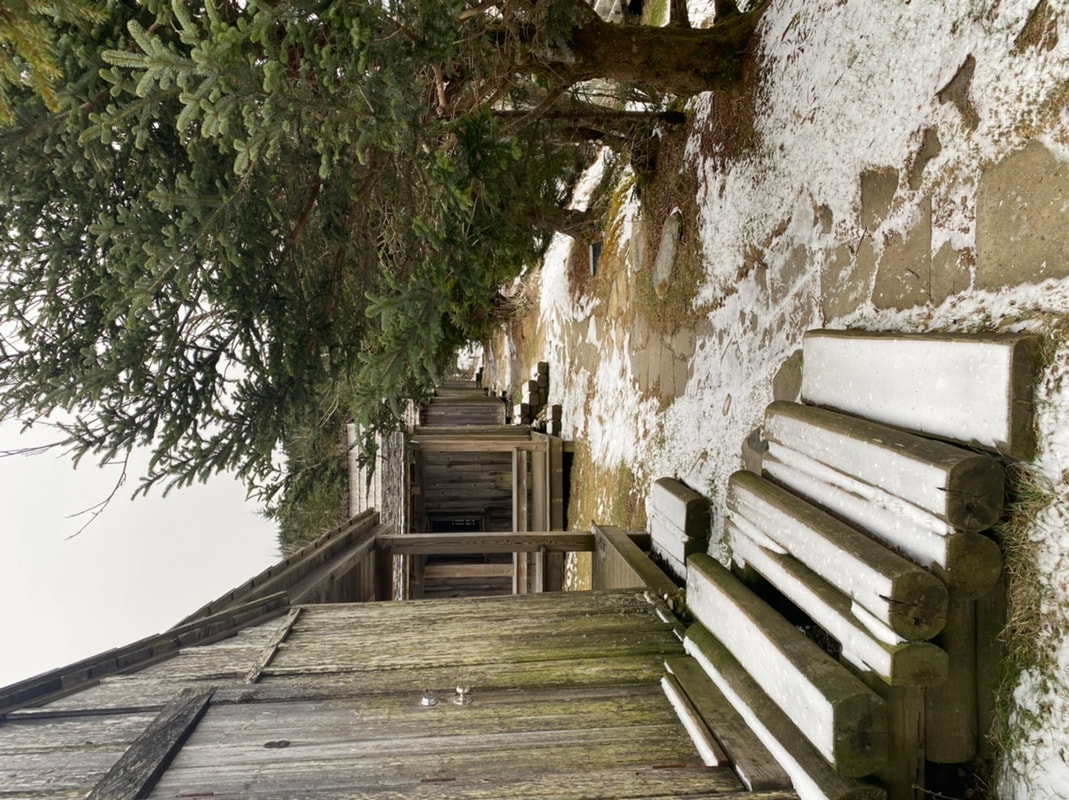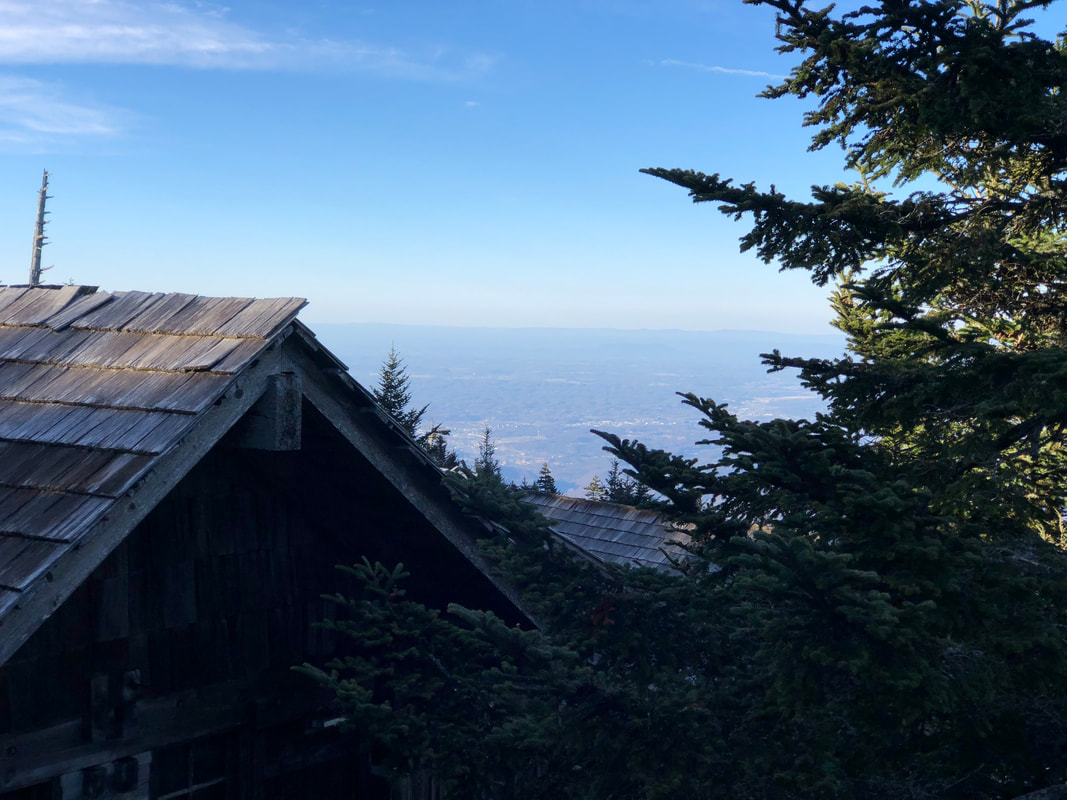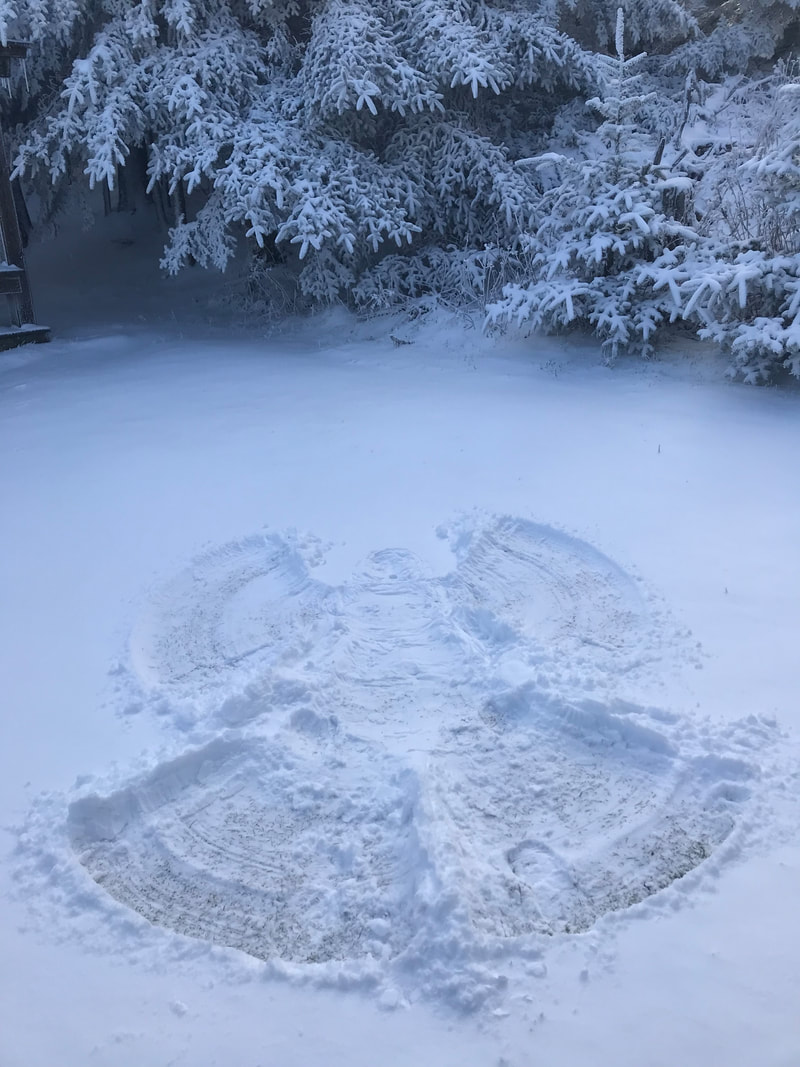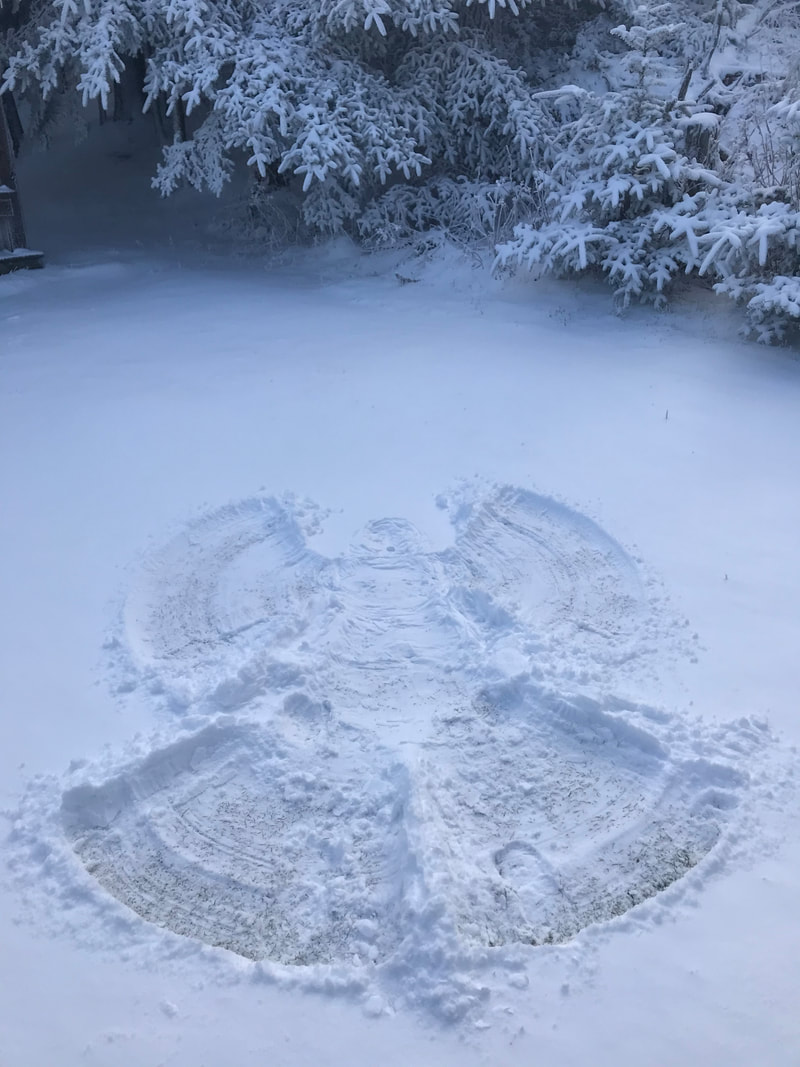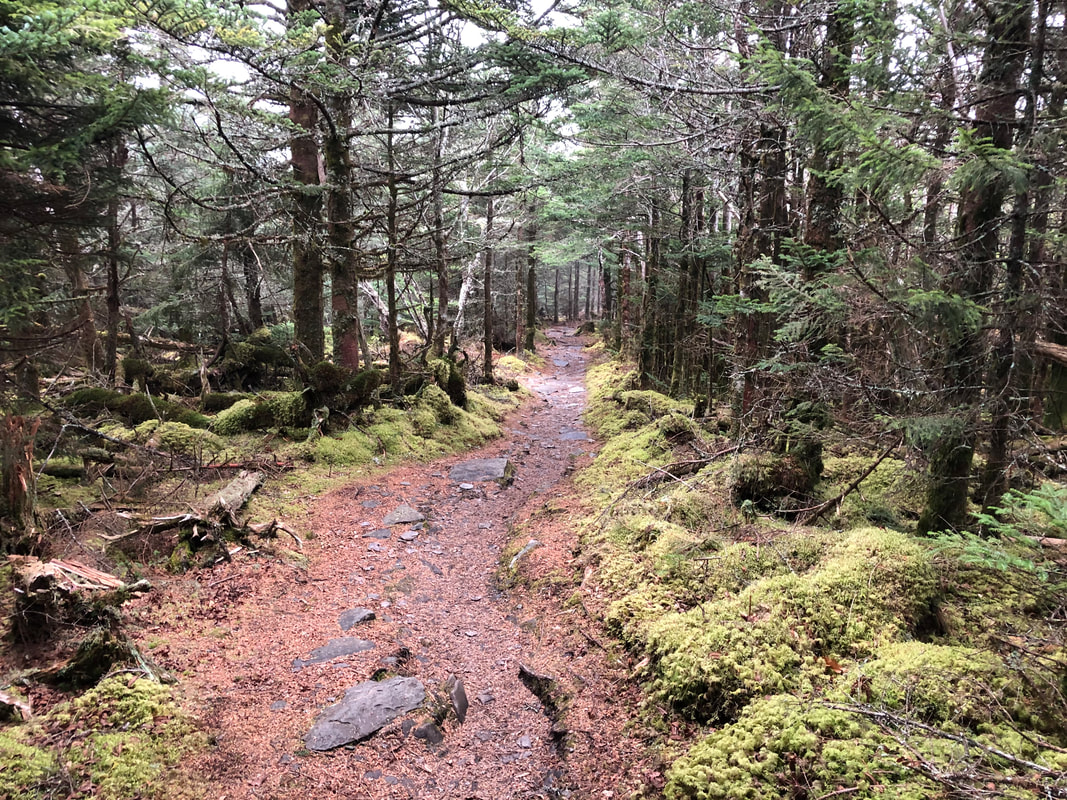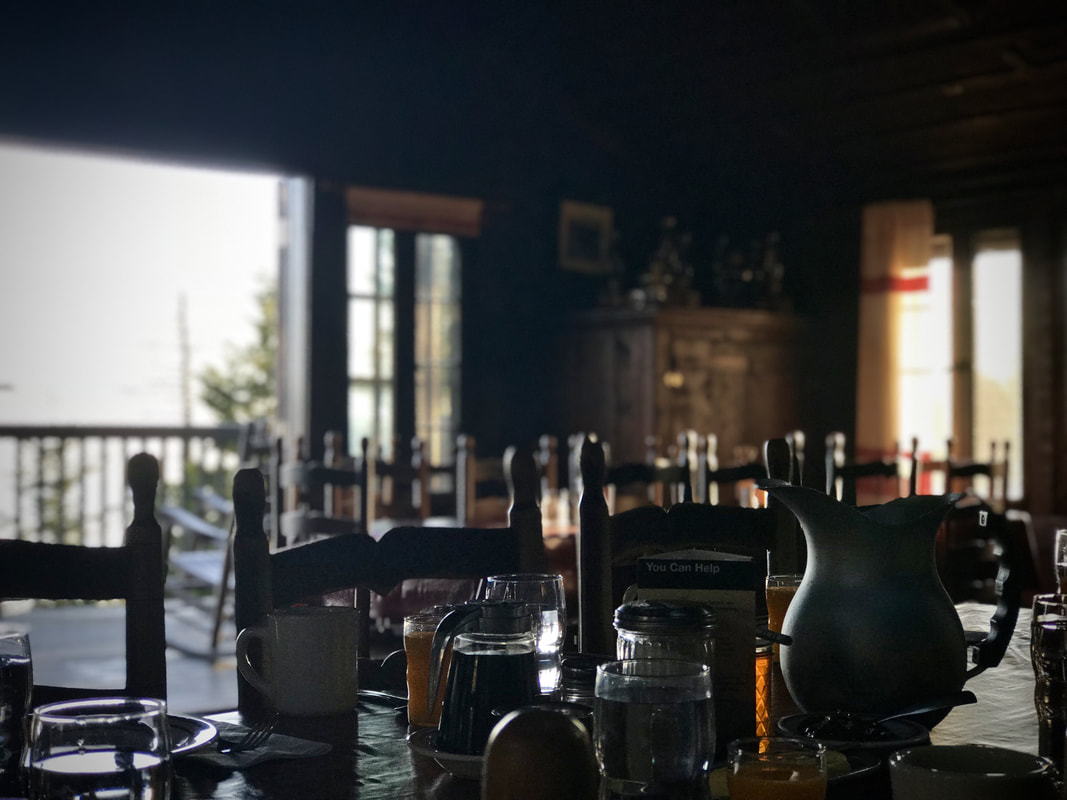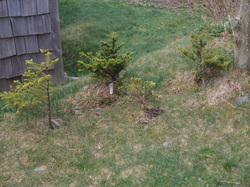 For many of you who have hiked to the top of Mt. LeConte, you often ask why there are so many dead trees in the park. I thought I would share a little bit of information about the Balsam woolly adelgid. These small wingless insects were introduced in the United States in the early 1900s. They are an invasive species that originated in Europe. These insects infest and kill fir trees. Since the invasion of the adelgid, found around 1957, the Fraser fir mortality rates have been around 90-99%. A few areas around the park seem to be seeing a rise in regeneration by young firs. Mt. LeConte has seen an increase in the past few years. It is strange to see old pictures from the 70s that show an amazing amount of healthy fir trees around the lodge. We are happy to see the saplings doing so well. I hope that future generations will see a different mountain filled with fir trees.
Bryan Be
4/7/2012 03:58:42 am
The Fraser saplings, I think, are safe from the adelgids. The adelgids will get to them as the trees mature unfortunately. I'm not sure at what age the trees begin to die, but the hope is that eventually the Frasers will build up an immunity to the adelgids. As long as the saplings continue to sprout up, there is hope...
Tony Ga
4/5/2012 04:39:41 am
Coming up that way to hike to Silers Bald tomorrow. Looks like it will be a good day for a hike.
Woody
4/5/2012 05:01:34 am
Good information on the balsalm wooley adelgid. The hemlock adelgid is the varmit that has been devastating the hemlock trees at lower elevations. These damage these 2 exotic critters have caused has resulted in the forrest looking almost as there had been a fire.
H Clark
4/5/2012 10:20:05 am
The Southern Pine Beetle created similar destruction of pine trees in Kentucky forests. In their short duration, they created more damage than a life time of weather and fire.
Devin R
4/6/2012 01:49:36 am
I do think that in general the higher elevation fir forests have been looking healthier. We noticed in December that the younger trees ranging from 1-6ft tall seemed much thicker since we've started regularly visiting the Park. I remember hearing that the NPS was going to introduce another insect to counteract the beetle a few years back...I'm not sure if that has something to do with the healthier looking forests or if the trees have found a natural way to defend themselves. Either way...from the naked eye it looks promising.
Devin R
4/6/2012 06:27:59 am
So i totally might have made up what I said above...I could have sworn I heard from a ranger in one of the welcome centers that they were researching ways to fight off the Balsam woolly adelgid...maybe that was just a theory as I haven't found anything today supporting that claim. I just wanted to clear that up and don't want to be seen spreading falsities.
Annette R
4/6/2012 01:33:44 pm
I was first on the mountain in 1974 and 1975. I did not go back until 2000. The mountain looked so different I sort of forgot what it looked like. It was much darker before. My conclusion is that it is beautiful no matter what trees are there. I love to visit Mt. LeConte! Comments are closed.
|
LeConte LodgeWelcome to the official blog of LeConte Lodge. We hope you find the information provided here both helpful and enjoyable. Thank you for visiting the site, and we hope to see you on the mountain! Archives
June 2024
|
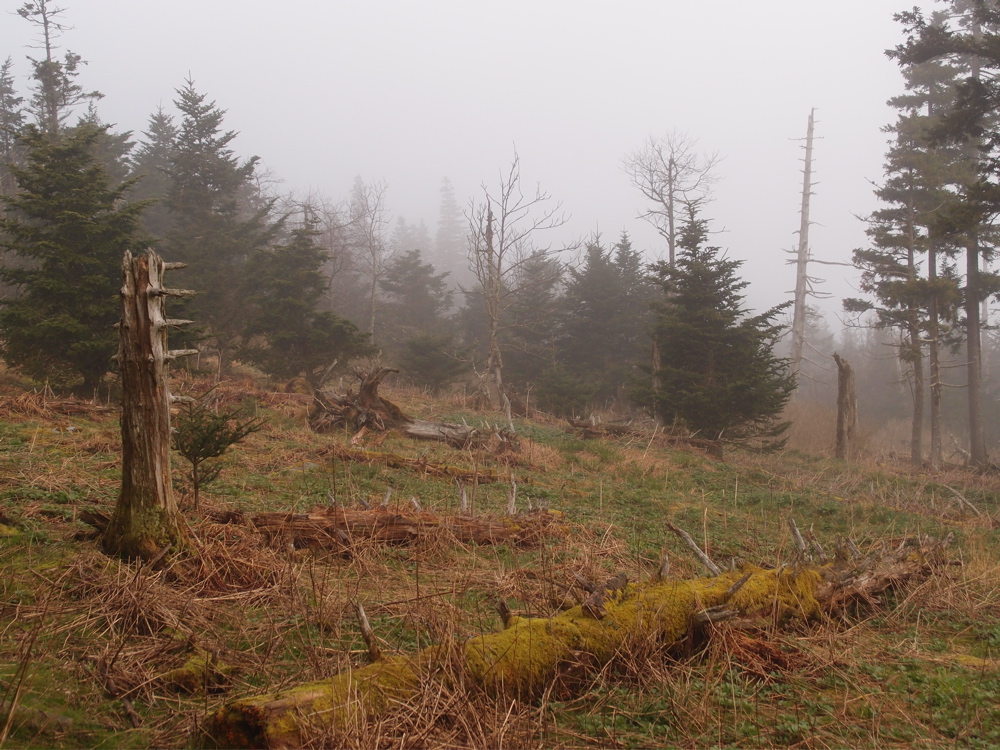
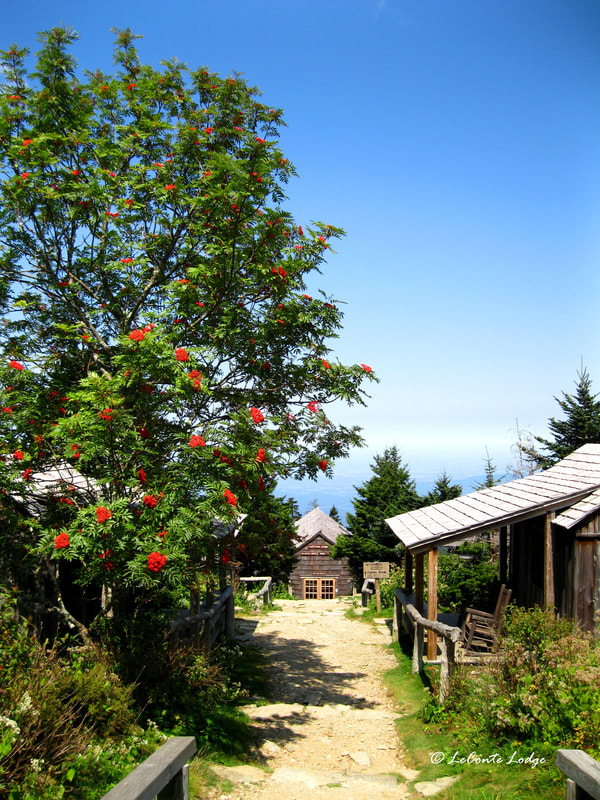
 RSS Feed
RSS Feed
